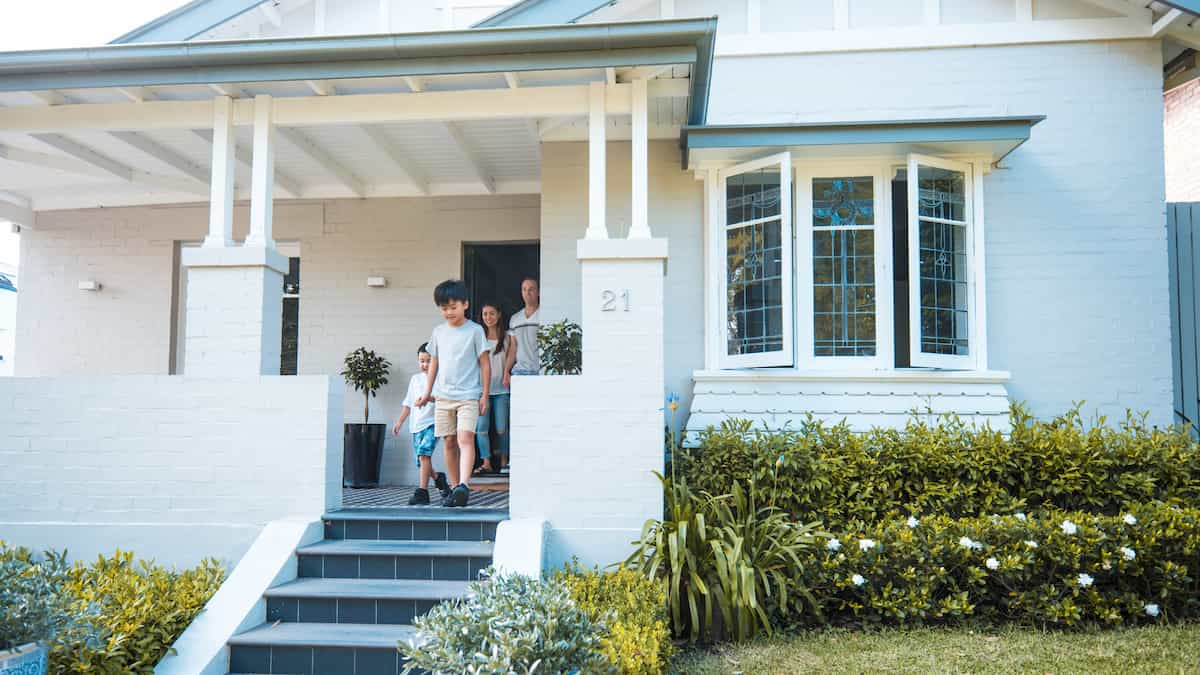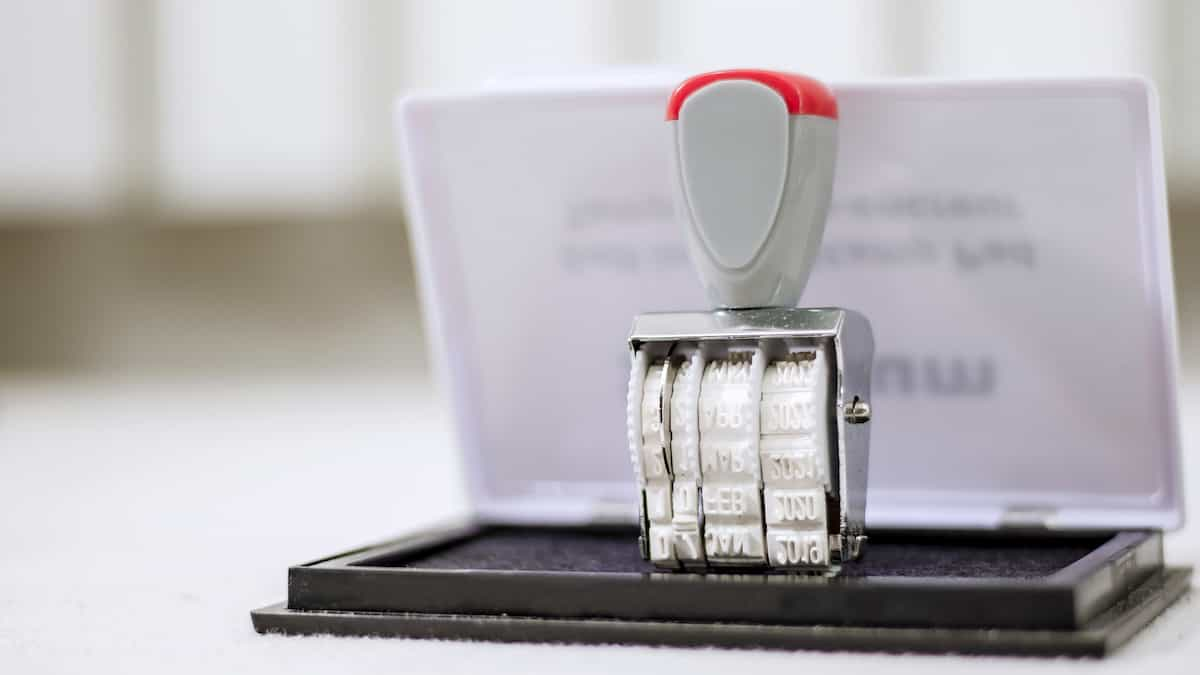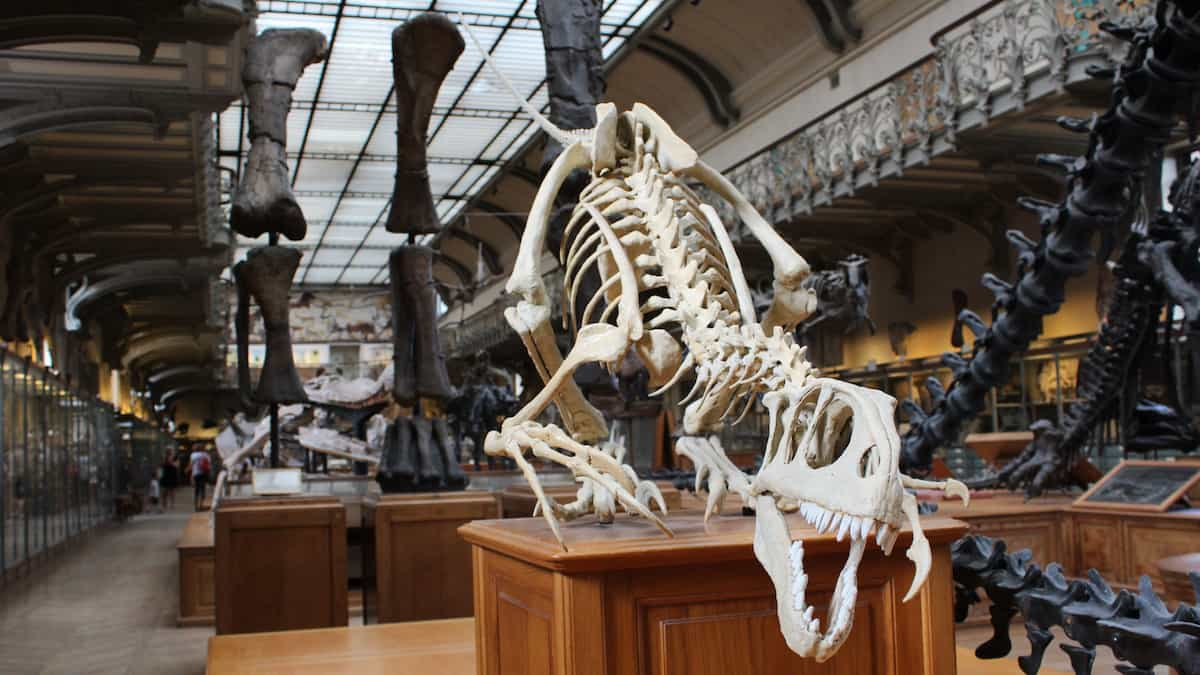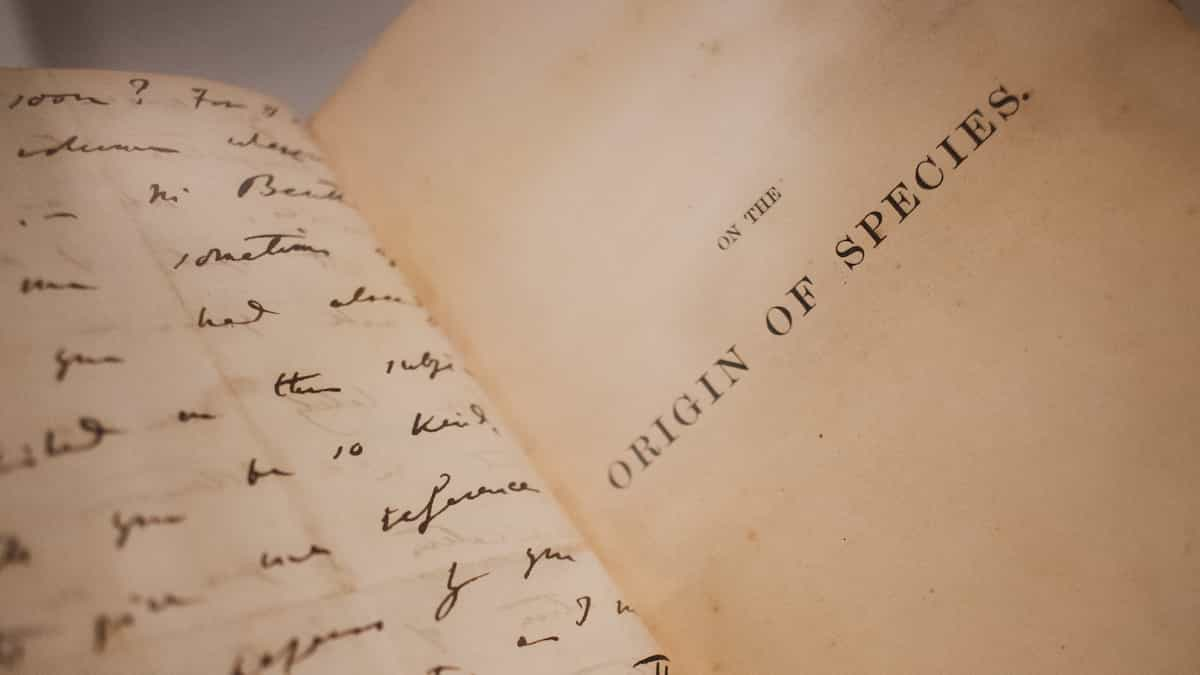Bar Chart Questions in IELTS Writing Task 1
Learn how to answer Bar chart questions in IELTS writing Task 1 with an overview, recommended approach and practice question.
by Tim Martyn

Overview
Bar chart questions test your ability to identify the most important and relevant information from a bar chart and give a well-organised summary.
Here are some key points about Bar chart questions:
- You should spend no more than 20 minutes on the task.
- You should write at least 150 words – you’ll be penalised if your answer is too short.
- Task 1 is worth one third of your total writing mark; Task 2 is worth two thirds.
- You can leave out minor points or details.
- You must write in full sentences, not bullet points or note form.
- Don’t speculate on reasons for the data or try to draw conclusions – your only task is to describe/summarise the data and make comparisons where relevant.
Example question
Here’s an example Bar chart question.
The chart below shows the amount of leisure time spent alone and with others per day by age group in the United Kingdom.
Summarise the information by selecting and reporting the main features, and make comparisons where relevant.
🔍 Click on the image to enlarge it.

__________
Source: Office for National Statistics licensed under the Open Government Licence v.3.0
Recommended approach
Here’s my recommended approach for answering Bar chart questions. We’ll use the example question to go through the steps you need to take.
IMPORTANT:
The overall approach is the same for all Task 1 question types (i.e. bar charts, diagrams, line graphs, maps, pie charts and tables).
The overall structure of your response should also be the same, with an introduction, overview and details paragraph(s).
Step 1 > Analyse
Your first task is to analyse the bar chart. If you don’t understand what it’s showing you, it’ll be impossible for you to complete the task successfully.
Start by reading the first part of the question prompt, as well as the title above the bar chart. These provide a short description of what the bar chart is showing and usually use similar words. Also look for any labels on the vertical and horizontal axes, as well as any legends that explain the meaning of different colours, etc.
In our example, we can see that the bar chart is showing how much leisure time people in the United Kingdom spend alone and with other people each day. There’s a legend at the bottom that shows which colour refers to time spent alone (the light colour) and which to time spent with others (the dark colour). We can see that the amount of leisure time is recorded in hours (on the vertical axis) and is broken down by age group (on the horizontal axis).
To summarise, these are the key aspects of our bar chart:
- Topic: leisure time
- Measurement: hours per day
- Comparisons: time alone vs time with others; various age groups
- Specifics: United Kingdom
Step 2 > Write the introduction
Once you’ve analysed the bar chart, it’s time to write the introduction. The introduction is usually just one sentence – unless there’s more than one chart, graph, etc. in your question – and is basically just the question prompt rewritten in your own words.
You mustn’t copy the question prompt word-for-word. You need to demonstrate that you understand what the bar chart is showing by using synonyms and other forms of paraphrasing.
Here’s the question prompt for our example.
The chart below shows the amount of leisure time spent alone and with others per day by age group in the United Kingdom.
Keep in mind that you won’t be able find synonyms for everything. In fact, some words shouldn’t be replaced because doing so would change the meaning too much. For example, you might be tempted to use the word hobbies in your introduction rather than leisure. But hobbies has a more specific meaning than leisure, so using hobbies would change the meaning too much. You could, however, change amount of … time to number of hours since we know that the measurement used is hours.
Here are the key words from the question prompt with some possible synonyms.
| Question prompt | Possible synonyms |
|---|---|
| chart | bar chart |
| shows | displays |
| amount of ... time | number of hours |
| alone | by themselves |
| with others | with other people |
| per day | daily |
| United Kingdom | British |
Here’s a possible introduction for our example.
The bar chart displays the daily number of hours that British people from various age groups spend engaged in leisure activities by themselves and with other people.
As you can see, I’ve left some words the same (e.g. leisure, age groups) because replacing them would either change the meaning too much or make the introduction sound a bit awkward.
To summarise, when writing the introduction, you should:
- include all of the key aspects (e.g. topic, measurement(s), comparison(s), specifics);
- paraphrase as much as you can;
- make your introduction sound natural – imagine you’re just telling a friend what the bar chart is showing.
Step 3 > Write the overview
The next step is to write the overview, which is just a brief summary of the main trends, differences, etc. that you can see in the bar chart. Your overview shouldn’t include any numbers or lots of detail – it’s just a one- or two-sentence summary.
IMPORTANT: If you don’t include an overview, it’s impossible for you to get more than a Band 5 for the Task Achievement criterion.
To write an effective overview, ask yourself these questions:
- What major trends or differences can you see?
- Is there an overall increase, decrease or fluctuation?
- Are there noticeable peaks or troughs?
- How does the data change for different age groups, genders, years, etc.?
- If you had to tell a friend in one or two sentences what the bar chart was telling you, what would you say?
When you write an overview, it’s a good idea to signal the overview with a linking word such as Overall, To summarise or In Summary. This makes it very clear to the examiner that you’ve included an overview.
Here’s a possible overview for our example.
The bar chart reveals the daily number of hours that British people from various age groups spend engaged in leisure activities by themselves and with other people.
Overall, it can be seen that the British spend more of their leisure time with others than alone across all age groups, with the youngest and oldest members of the population spending the most leisure time with others. In addition, time spent alone generally increases with age.
As you can see, I haven’t included any numbers or too much detail. I’ve simply summarised the main trends.
Step 4 > Write the key features paragraph(s)
The next step is to write the details paragraph(s). According to the assessment criteria, you need to clearly present and highlight the key features, which are features that stand out from the bar chart. Unlike in the overview, here you need to use data (e.g. numbers and figures) to support your description.
There’s no rule about how many details paragraphs you need, but you should always divide up your description in a way that makes sense. In most cases, you’ll need about two key features paragraph(s) to describe the bar chart effectively.
Here are some possible key features paragraph(s) for our example.
The bar chart reveals the daily number of hours that British people from various age groups spend engaged in leisure activities by themselves and with other people.
Overall, it can be seen that the British spend more of their leisure time with others than alone across all age groups, with the youngest and oldest members of the population spending the most leisure time with others. In addition, time spent alone generally increases with age.
The amount of leisure time that people in the United Kingdom spend with others peaks between the ages of 8 and 15 at a little over 5 hours per day. It then declines to a low of approximately 3.5 hours a day between the ages of 25 and 34, before gradually rising again as people age, reaching around 4.5 hours per day for those aged over 65.
When it comes to leisure time spent alone, the overall trend is similar for those aged over 16, albeit from a lower base. Leisure time spent alone drops from just under 2 hours per day for those aged 16 to 24 to a little over 1 hour per day for those aged 25 to 34, before slowly rising to just under 3 hours per day for the oldest age group. However, whereas those between the ages of 8 to 15 spend the most leisure time with others, they spend the smallest amount of leisure time by themselves at around 1 hour a day.
Here are a few things to keep in mind as you write your key features paragraph(s):
- Don’t present data mechanically. For example, don’t say People who are 8 to 15 spend just over 1 hour of their daily leisure time alone. People who are 16 to 24 spend almost 2 hours of their daily leisure time alone. People who are 25 to 34 spend just over 1 hour of their daily leisure time alone. Instead, group data together in a way that makes sense. This allows you to highlight the key features more effectively.
- Double-check the labels on the vertical and horizontal axes to make sure that you’re using the correct units of measurement (hours, minutes, etc.) in your response.
- Don’t try to do any calculations (e.g. averages, additions, subtractions) – just describe the data as presented.
- Pay close attention to your grammar and use of prepositions in these paragraphs – it’s easy to make mistakes.
- Remember not to speculate on reasons for the data or try to draw conclusions – your only task is to describe/summarise the data and make comparisons where relevant.
Step 5 > Check your work
The final step is to check your work. At this stage, you won’t have time to make any major changes, but it’s still an important step.
Things to check for:
- whether you’ve used an adequate range of grammar and vocabulary;
- prepositions, especially ones used before numbers (increased by, increased to, etc.);
- spelling;
- whether you’ve included a clear overview – remember that you can’t get more than a Band 5 for Task Achievement without one!
Practice question
Now it’s your turn to practise. Try the Bar chart question below using the approach outlined above.
The chart below shows the average leisure time per week by activity type and gender in the United Kingdom.
Summarise the information by selecting and reporting the main features, and make comparisons where relevant.
🔍 Click on the image to enlarge it.

__________
Source: Office for National Statistics licensed under the Open Government Licence v.3.0
Feedback
Click below for a sample answer.
The bar chart displays the average number of hours that British women and men spend on a range of leisure activities each week.
Overall, it is evident that both men and women spend by far the largest proportion of their leisure time consuming mass media. With a handful of exceptions, men and women spend a similar amount of time on each of the various leisure activities.
British men and women spend a similar number of hours each week attending cultural or participatory activities at around 1 hour per week. They also spend roughly the same amount of time resting or taking time out and eating out, at approximately 2 hours per week.
Larger differences can be seen with the other leisure activities. Men spend more time playing sports and engaged in outdoor pursuits than women, at almost 3 hours per week, whereas women spend more time socialising, at just over 4 hours per week. Men spend more time consuming mass media, at just over 16 hours per week compared to women’s 14 hours or so, but this is not a particularly significant difference given that it is by far the most popular leisure activity for both genders.
The most noticeable difference between how British men and women spend their leisure time can be seen in relation to the category of hobbies, computing or games. Men spend almost 5 hours per week on these activities, compared to women’s 3 hours or so.
















